Navigation auf uzh.ch
Navigation auf uzh.ch
Introduction
In March 2024, a group of twelve students and two faculty members from the Cultural Studies (Empirische Kulturwissenschaft) MA programme at the University of Zurich took a study trip to South Wales – based on a course titled “Tracing ‘Black Gold’ - Coal, Crisis and Community in South Wales”. For a substantial period, coal mining was the lifeblood of Wales, shaping its economy and social fabric, as well as influencing everyday culture, self-perception, traditions, and political inclinations. However, the decline of this industry brought a prolonged economic and identity crisis. Deindustrialisation is still ongoing. At the same time, the impending climate catastrophe has fundamentally changed the cultural meanings of fossil fuels and their extraction. During this trip, we explored different aspects of industrial history and its connections to everyday culture, the crises faced, and their representation in institutions of cultural memory in Wales.
Despite being part of Great Britain and the United Kingdom, Wales is characterised by a strong belief in its unique linguistic, historical, and cultural identity. This distinctiveness is a source of both pride and tension, as the memories of historical oppression by England – and events such as the 1984/5 miners’ strike – shape how many people in Wales perceive the present. The current search for new understandings of Welshness is shaped as much by ongoing and new crises as it derives from references to tradition. It also stands in the context of a more diverse and connected society.
From our “base” in Swansea, we first visited Big Pit, a former coal mine, to learn how this industry shaped Wales and influenced ways of life. Our historic tour of Cardiff traced the journey of coal from the pits to the harbour and the coal exchange, illustrating its global impact. We also visited the gigantic industrial complex of Tata Steel in Port Talbot, where we learned about its impending shift from traditional steel production to ‘green steel’, which has environmental benefits, but will also result in the loss of many jobs. Discussions with a representative from Unite the Union highlighted the profound impact this transition will have on local communities. At Swansea University, we engaged with faculty and students to discuss experiences with deindustrialisation and policies in reaction to it in Wales in contrast to Switzerland. To round off the field trip, the students conducted small fieldwork projects, focusing on their own research questions and interests and exploring Swansea’s neighbourhoods and cultural institutions.
In this collection of reports, the participating students shed light on their observations and perspectives during the field trip to Wales in March 2024.
We sincerely thank all participants – and, most of all, we thank our interlocutors and research partners in Wales. It was their willingness to spend time with us and share their perspectives and their interest in exchange that made this trip possible.
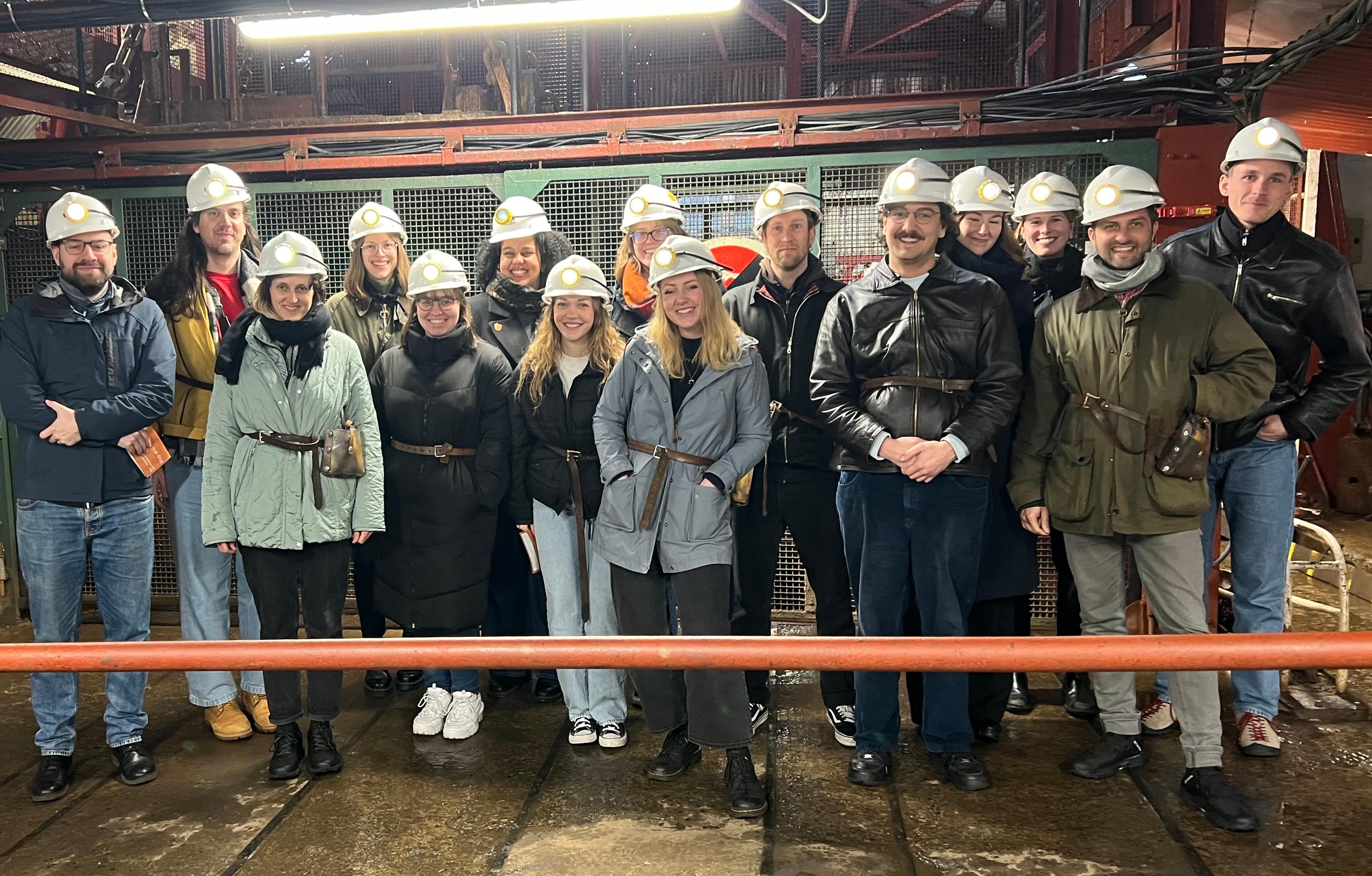
The first day of the field trip took us underground at the Big Pit National Coal Museum, where we gained insight into the challenging conditions of coal mining. Later, a historic tour of Cardiff, led by historian Martin Johnes, introduced us to the key sites that shaped the city’s industrial past, including the Coal Exchange and Cardiff Bay, offering a glimpse into the transition from coal-driven industry to post-industrial redevelopment.
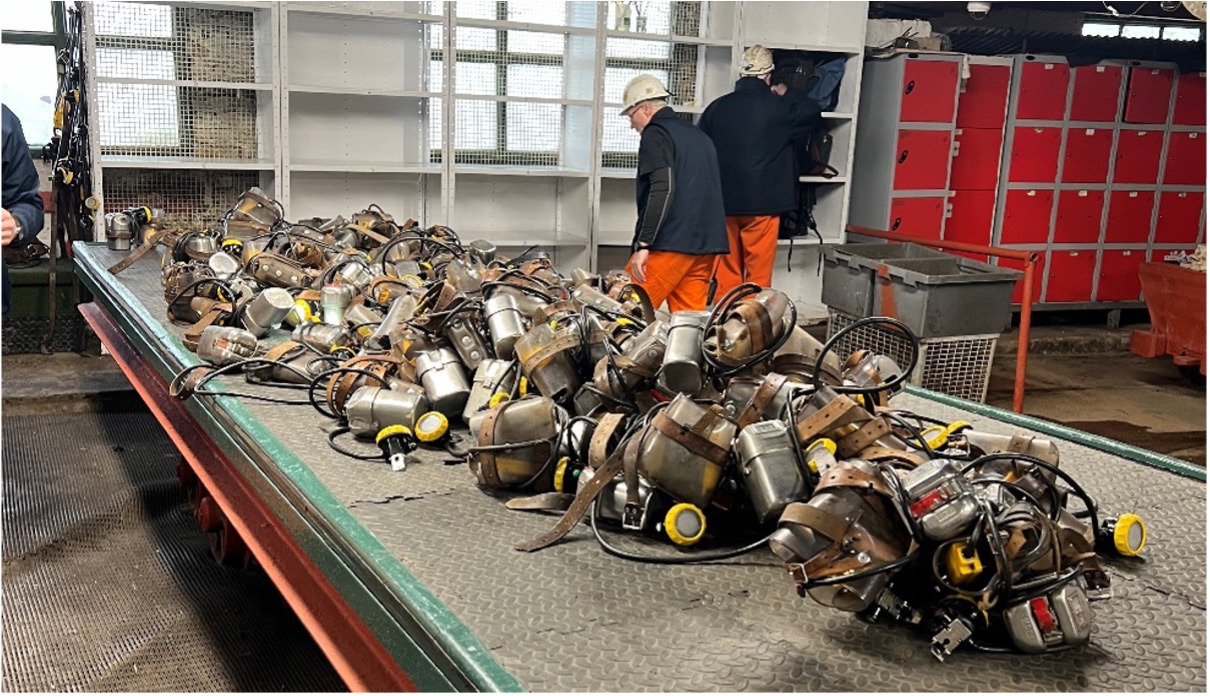
Coal and steel are the two most important industrial resources in the history of Wales. The following article presents impressions from Big Pit National Coal Museums in Blaenavon, a small town in a South Wales valley, as well as the National Waterfront Museum in Swansea and their exhibits about these two Welsh resources.
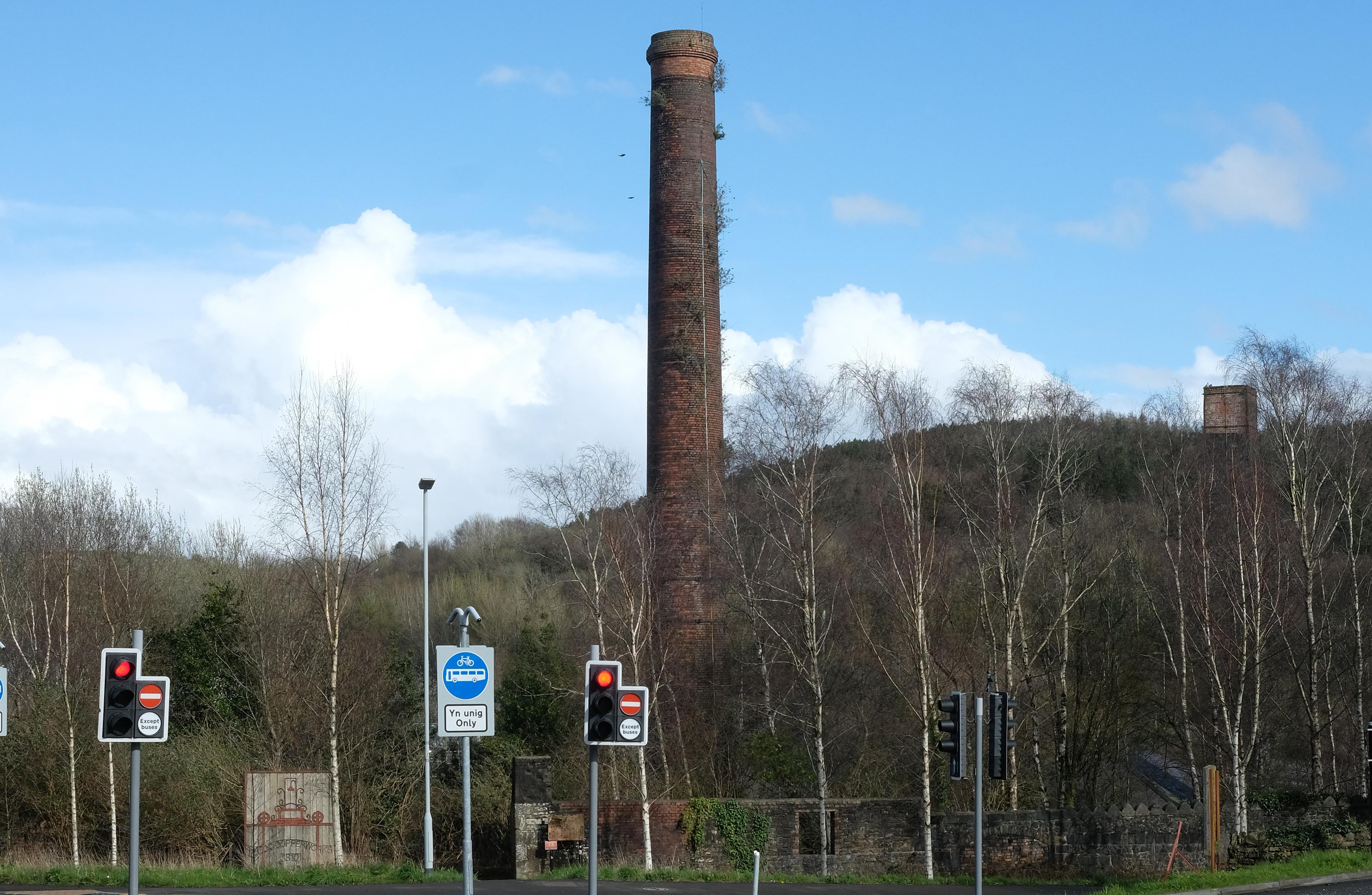
At Kilvey Hill, once the site of steaming copperworks and now an idyllic, undeveloped recreational area, plans are underway to build a cable car and other leisure infrastructure. This has sparked resistance from the local population, who had reclaimed the former industrial wasteland through extensive volunteer efforts. Can this hill tell us anything about possible futures after deindustrialization – and about disputes over these futures?
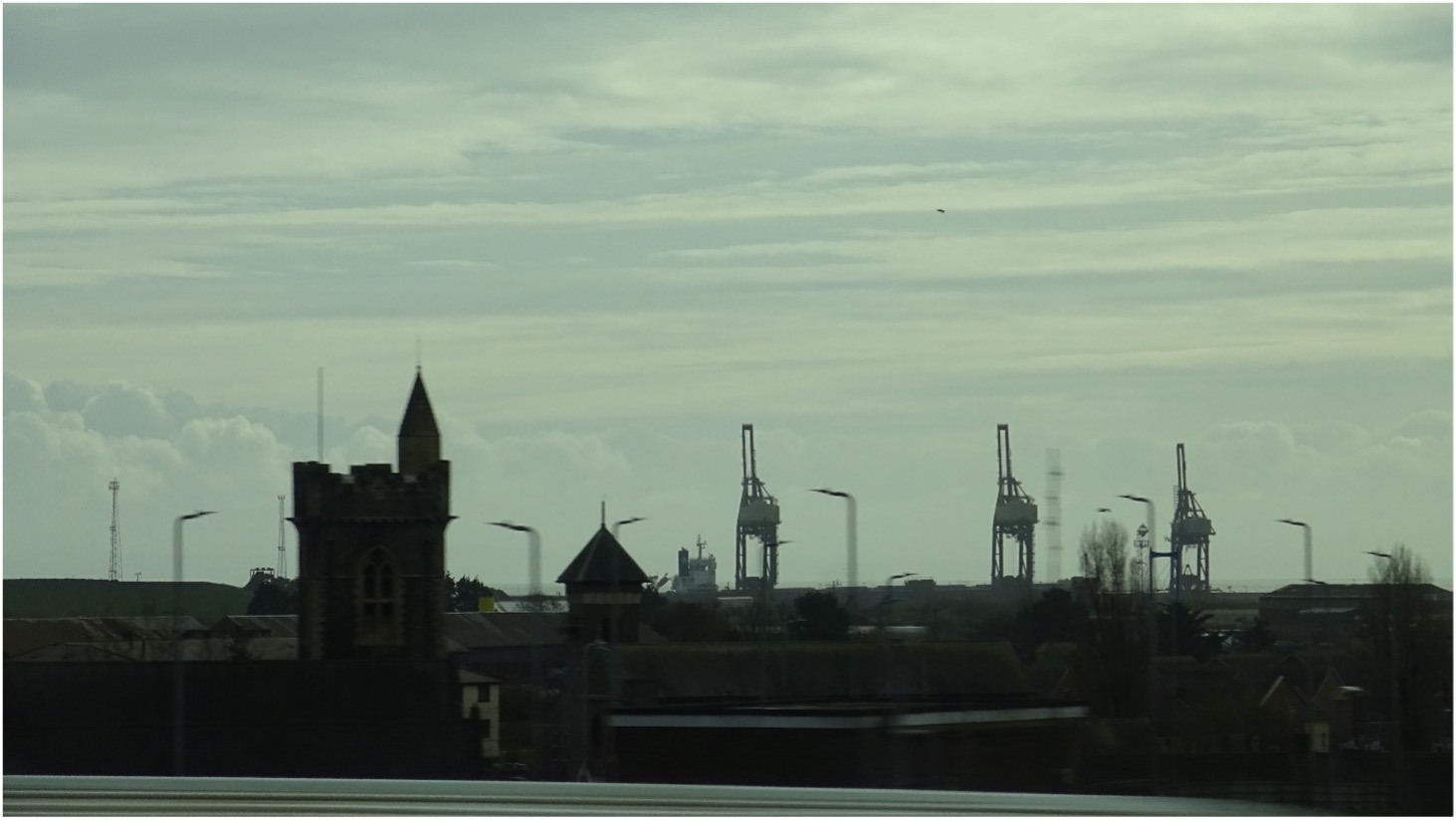
While coal once used to make South Wales the centre of the steaming world of industrial modernity, nowadays the shut-down collieries only serve as touristic remnants of the country’s past. But South Wales is still dependent on heavy industry – namely the Port Talbot steel plant owned by Tata Steel: A landmark that could be described as a prime example of the “industrial sublime”, with all the power and destruction this term implies.

As the largest steelworks in the UK faces the imminent shutdown of both its blast furnaces, Port Talbot residents are confronted with a future filled with uncertainty. How has the town's industrial past shaped community identity and gender roles? How are young people in Port Talbot perceiving and responding to the changes in their town?
.jpeg)
Earlier in 2024, the BBC mini-series «The Way» was broadcast. In the series, rumors of the imminent demise of the Port Talbot steelworks cause a riot to break out, first in the town and then across the country, and the world comes apart at the seams. In early 2024, this fictional plot of a TV series seemed to become reality, almost simultaneous to its broadcast – as Tata Steel announced the actual closure of the blast furnaces in the works. Our visit in Port Talbot, which took place just after these events, was thus situated in an intermediary space between the conventionally “real”, the fictional and all sorts of myths.
.7313555172408735859.jpeg)
We spent the last few hours of our excursion in Mumbles, a district of Swansea with tourist attractions – for locals and visitors alike – and also a residential area with a high standard of living. By attending a jazz concert in Mumbles, I learned about the audience and their sense of community, about individual people and their connection to the event, as well as some of the challenges of organising live jazz in this area.
Take a walk-through Swansea’s Brynmill and Mount Pleasant neighbourhoods with me. By talking to locals and noticing community symbols, I highlight aspects that shape the community’s sociocultural tapestry. This offers insights into how history, culture, and daily interactions influence these spaces.
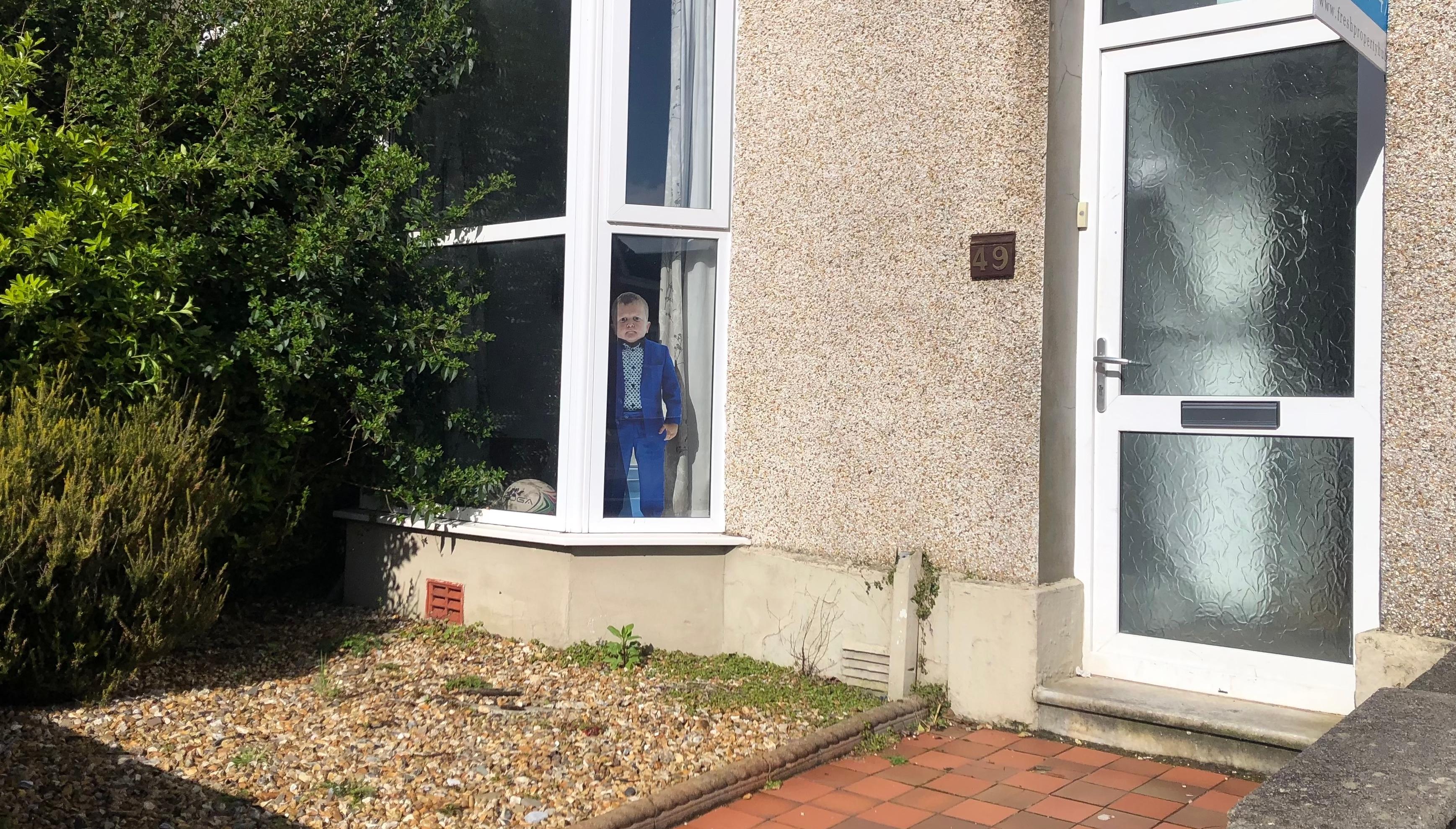
As my fellow student Andrea and I start out for a walk through the Western boroughs of Swansea initially without a clear research focus, we soon found ourselves intrigued by numerous physical manifestations of safety and security measures. In retrospective, I ask myself the question what these objects reveal about the specificity of the safety issue and discourse in present Wales and the United Kingdom.

The streets, squares, and buildings of Swansea are not only filled with people and ordinary animals. A closer look reveals that a mystical creature is hiding here – a dragon. Following his trail, I conducted street interviews and observations to uncover the varied meanings the dragon holds for locals, from a symbol of national pride to a mystical figure of fantasy.
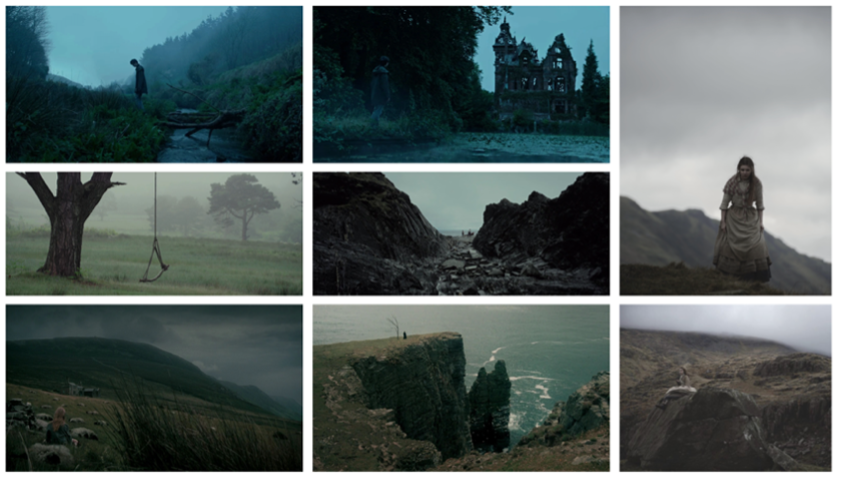
Dare to follow me down the rabbit hole, and set out with me on a noble quest to locate traces of myth within the post-industrial South of Wales. Remember to keep an eye out for faeries and dragons lurking around the corners of Swansea or Cardiff, and prepare to brave any weather condition on your journey through the UK’s second smallest country – from heavy downpours accompanied by freezing gusts of wind to unexpected hailstorms. Perhaps you’ll even get the chance to experience what has been shown to us on the screen and temporarily get lost between misty hills of faded green, and discover a passage to a place outside of the ordinary. Cross over into a fantastical realm, wander through ancient forests inhabited by dark spiritual forces, and look for remainders of the so-called ‘Mythic Wales’ – a fictitious, medialised space inspired by Celtic-Britonnic tales of old, and more specifically: the Mabinogion.

More than a famous poet, Dylan Thomas stands as a marketable symbol of Welsh culture and identity. Excerpts of his works hang in hotel rooms and pubs. His influence is seen throughout Swansea, from murals and statues to the dedicated Dylan Thomas Centre. Through interactive displays and community programs, the Centre not only honors Thomas's legacy but also promotes a vibrant and inclusive representation of Welsh culture. But how does the poet, writer and actor embody the diffuse national concept of ‘Welshness’?
Conclusion and closing remarks
Wales has many faces – our study trip looked at one of them, the legacy of coal, steel, and heavy industry in the south of the country, and its intertwinement with contemporary everyday life and societal challenges. Swansea, where we stayed during the trip, is a lively city with a large student population, a beautiful campus, and a stunning seashore, but it is also unmistakably scarred – by German bombings during World War II, by the industrial decline of the region, by dubious urban redevelopment, and by persistent poverty and inequality.
The influence of heavy industry on Swansea and its neighboring areas is unmistakable, with its remnants woven into the very fabric of the region. The sturdiness of the buildings and the ever-changing weather reminded us of the hardship and also the resilience that characterises life in this part of the UK. As highlighted in many of the reports, Wales boasts a strong sense of national pride deeply intertwined with its industrial past and distinct cultural identity. This pride also involves differentiating itself from England through the –politically administered – preservation of the Welsh language, the celebration of local traditions, and the emphasis on national uniqueness. Despite the decline of heavy industry, remnants of the strong sense of community that formed around them persist. The residents of Swansea and the surrounding areas are accustomed to relying on one another, a trait essential during the heights of industrial activity and still vital today. Many residents say that traces of this deep-rooted camaraderie and mutual support are evident in the way people interact, helping each other navigate both everyday life and ongoing economic challenges. At the same time, this heritage also provides resources for narratives of continuity perseverance that may take on mythical character. Distrust and individualism can also be part of Welsh urban normality.
Alongside its heavy industry image, Wales and its representations also have a softer, artistic, and natural side. The country’s rugged and often remote landscapes possess an almost mythical quality. With rolling hills, dense forests, and dramatic coastlines, the Welsh countryside evokes scenes straight out of fantasy novels. The Celtic origins of the language, and the representations of folk culture from the 19th century on, make Wales seem like a pre-modern remnant and a gateway to a more authentic, more spiritual world (which, of course, is a thoroughly modern, mediated desire and sensibility). It’s no surprise that this breathtaking scenery and its mythscapes often serve as backdrops for films and other popular media.
Wales' artistic identity is also exemplified by literary figures such as the poet Dylan Thomas whose sensibilities in some way contrast with the traditional working-class mentality, but have also taken on a truly popular character. This artistic side of Welsh culture complements the nation's industrial heritage, highlighting a diverse cultural landscape that reflects both creativity and its industrial past.
As we explored the current industrial landscape of Wales, we were confronted with pressing questions about the region's future. What industry remains today, and what will happen when Tata Steel, the area's last bastion of heavy industry, ceases production with its two blast furnaces? The impending closure poses significant challenges for the local communities that have long depended on it, forcing residents to rethink their livelihoods and communal structures. This transition marks a critical point for the region, necessitating a redefinition of its identity and purpose. As the nation slowly moves away from its industrial roots, it must embrace new economic models and cultural narratives.
Olivia Frigo-Charles and Moritz Ege